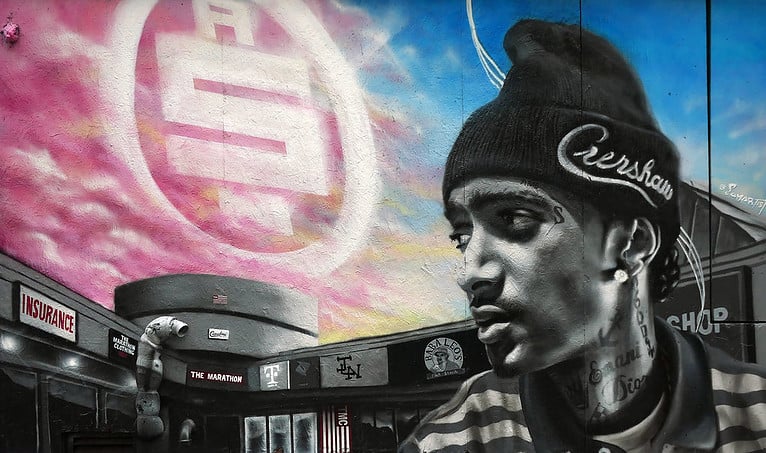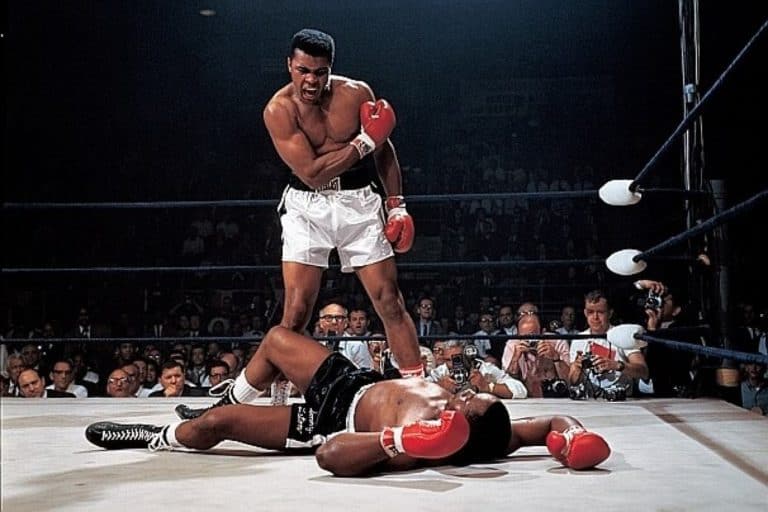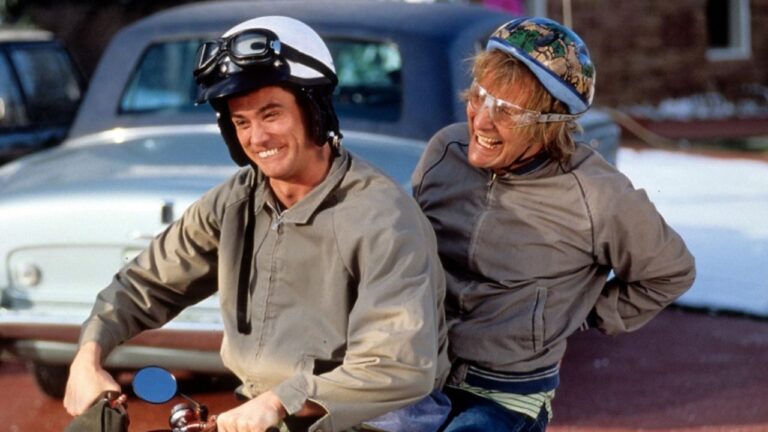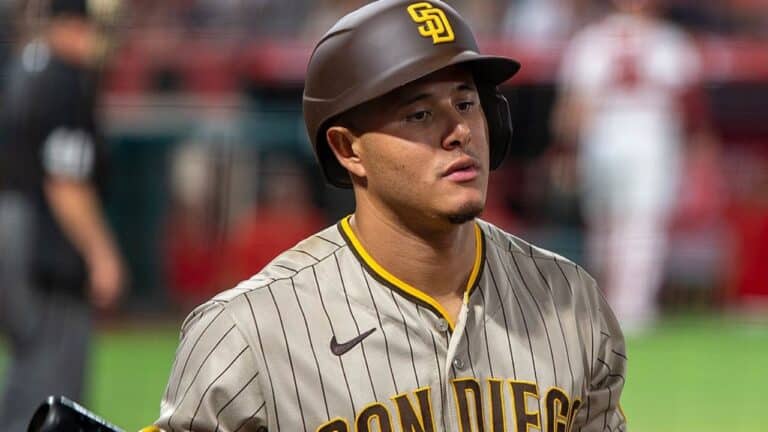Each AFC Franchise’s All-Time Best Team
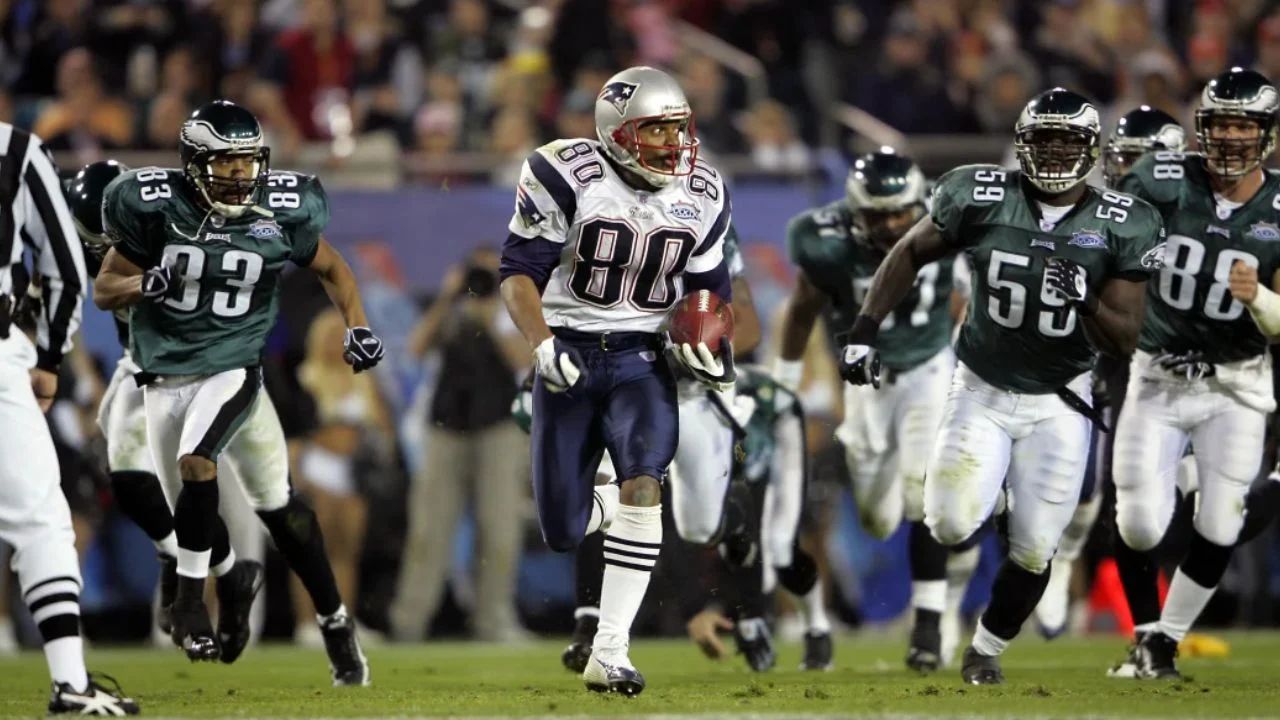
NFL fans might be surprised to discover that Patrick Mahomes and Peyton Manning did not play on the best teams in their franchises’ history.
And fans even older than that might be surprised that the Buffalo Bills, who are known for watching four different Super Bowl teams in the ’90s come home empty-handed, actually have an NFL champion or two in its history.
Read on and discover the 16 all-time best AFC teams in each franchise’s history.
Baltimore Ravens

The 2000 Baltimore Ravens — led by Hall of Famers Ray Lewis, an All-Pro first team middle linebacker, and Rod Woodson, a Pro Bowl free safety — sported one of the best NFL defenses of all-time, setting an NFL record for fewest points allowed in a 16-game season (10.3 per game). The 11-5 Ravens, who got into the playoffs on a wild card, really peaked in the postseason, holding their four opponents to a combined 23 points, ultimately winning by a 95-23 margin en route to winning Super Bowl 35.
Buffalo Bills

Before the Bills became famous for losing four Super Bowls in the ’90s, they once were known for being the rare back-to-back champion — in this case of the AFL. The 1964 Buffalo Bills’ first leg of that repeat going down as the greatest season in franchise history. The 12-2 Bills were led on their No.1 scoring offense (28.6 points per game) by Pro Bowl quarterback Jack Kemp and All-Pro first team fullback Cookie Gilchrist. Their D also set the standard, ranking first in scoring defense (17.3), led by All-Pro first team defensive tackle Tom Sestak, who had 15.5 sacks, and All-Pro first team free safety George Saimes, who had six interceptions.
Cincinnati Bengals

The 1988 Cincinnati Bengals’ high-powered attack, which ranked first in scoring offense (28.0 points per game), functioned on all cylinders. On one end, you had Associated Press NFL MVP quarterback Boomer Esiason connecting with Pro Bowl receiver Eddie Brown, who had 1,268 reception yards and 9 touchdowns, and on the other end, you had Boomer handing off to All-Pro second-team running back Ickey Woods, who had 1,265 yards from scrimmage and 15 touchdowns … or giving the ball to Pro Bowl running back James Brooks, who had 1,218 yards from scrimmage and 14 touchdowns. The only downfall this team had was a mediocre defense, which gave up a few too many points in Super Bowl 25 to the San Francisco 49ers in a 20-16 loss.
Cleveland Browns

What a statement it is that Coach Paul Brown’s first season as a professional football coach of the 1946 Cleveland Browns still remains the franchise’s greatest. And why shouldn’t it? The AAFC title only foretold a five-year championship run to come from Brown and the Browns, with dominant performances from Hall of Famers: quarterback Otto Graham; fullback Marion Motley; ends Dante Lavelli and Mac Speedie. The four weapons contributed mightily to the No. 1 scoring offense (30.2 points per game), while the No. 1 scoring defense (9.8) showed up big-time in the 1946 AAFC Championship game won by the Browns over the New York Yankees, 14-9, at Cleveland Municipal Stadium.
Denver Broncos

John Elway’s first Super Bowl championship team on a back-to-back swing stands out above the rest of the Broncos best, thanks to the 37-year-old Pro Bowl quarterback and his 25-year-old All-Pro first team running back Terrell Davis. The dynamic duo contributed mightily to the 1997 Denver Broncos No. 1 scoring offense (29.5 points per game) and 12-4 season. Davis alone had 2,037 yards from scrimmage and 15 touchdowns, peaking with his Super Bowl 32 MVP performance where he rushed for 157 yards and 3 touchdowns, en route to the Broncos’ 31-24 win over the Green Bay Packers.
Houston Texans

This organization does not have the storied history like others around the league. But then again, it has only been in existence since 2002. The best team it can come up with is the 2011 Houston Texans who got knocked out in the second round of the NFL playoffs by the Baltimore Ravens, 20-13. The 10-6 Texans were quarterbacked by Matt Schaub (he was 7-3 as starter) for most of the season, and he had Houston’s offense rolling at 26.0 points per game. But Coach Gary Kubiak reverted back to recovered starter T.J. Yates in the Texans’ 11th game, and Houston finished its last eight regular season and postseason games averaging only 19.0 points per game, losing three of its last four games.
Indianapolis Colts

It all started with the 1958 Baltimore Colts, led by Hall of Fame quarterback Johnny Unitas, who not only won the 1958 NFL Championship but also repeated the title feat in 1959 as well. The 9-3 Colts boasted the No. 1 scoring offense (31.8 points per game) and No. 2 scoring defense (16.9). Hall of Famers and All-Pro first teamers Lenny Moore, the halfback-flanker who amassed 1,536 yards from scrimmage and 15 touchdowns, and Raymond Berry, the left end who tallied 794 reception yards and 9 touchdowns on 56 receptions, brought a new look to the league. However, old-school fullback Alan Ameche, who had 872 yards from scrimmage and 9 touchdowns, proved to be just as valuable in the title game, scoring the game-winning touchdown over the New York Giants in overtime, 23-17.
Jacksonville Jaguars

It really is quite amazing that the 1999 Jacksonville Jaguars reached the AFC Championship game in Year 5 of the franchise’s history, and also somewhat surprising that the team has not been able to top that peak ever since. Those Jags went 14-2, with the No. 1 scoring defense and No. 6 scoring offense, en route to its AFC Championship game loss to the Tennessee Titans, 33-14. All-Pro first team linebacker Kevin Hardy, who had 10.5 sacks and 96 tackles, led the defense, while Pro Bowl receiver Jimmy Smith, who had 1,636 receiving yards on 116 receptions, led the offense.
Kansas City Chiefs

Coach Hank Stram really had his 1969 Kansas City Chiefs dialed in for the 11-3 regular season and ensuing three postseason games, with his No. 1 scoring defense (12.6 points per game) holding playoff opponents to a combined 20 points in the three games. But that’s what happens when you tee up Hall of Famers like linebackers Bobby Bell, Willie Lanier and free safety Johnny Robinson. It sure makes it easier for a ball-control Hall of Fame quarterback Len Dawson to function out there, as we saw in the Chiefs’ Super Bowl 4 victory over the Minnesota Vikings, 23-7, when Dawson field positioned the Vikes for three field goals, a touchdown and a 16-0 first-half lead.
Las Vegas Raiders

For sentimental reasons, the 1976 Oakland Raiders team will always be the most loved, but the analytics also show the Super Bowl XI champs were the best of the Raiders’ three Super Bowl champions in Los Angeles (1984) and Oakland (1976 and 1980). The 13-1 Raiders had Pro Bowl quarterback Kenny “The Snake” Stabler, the No. 4 scoring offense (25.0 points per game) and his dream team set of receivers — All-Pro first teamers Cliff Branch, the wide receiver who had 1,111 receiving yards and 12 touchdown on 46 receptions, and Dave Casper, the tight end who had 691 receiving yards and 10 touchdowns on 53 receptions, along with possession receiver Fred Biletnikoff.
Los Angeles Chargers

Lance Alworth, who was in the first of six straight first-team All-Pro performances, was the rare impact wide receiver who could actually lead an NFL team to a title from his position, as he did for the 1963 San Diego Chargers in his second pro season. Alworth, who had 1,205 receiving yards and 11 touchdowns on 61 receptions, literally opened up the 1963 AFL Championship game for running back Keith Lincoln, who had 329 yards from scrimmage and 2 touchdowns on 20 touches in the title game — a contest won by the 11-3 Chargers over the Boston Patriots, 51-10. Lincoln’s season-high game before that was 142 yards from scrimmage.
Miami Dolphins

The 1972 Miami Dolphins remain the only NFL team to go unbeaten, going 14-0 in the regular season and 3-0 in the postseason en route to a Super Bowl 7 win over the Washington Redskins, 14-7. Coach Don Shula’s first leg of back-to-back titles had a run where both the offense and defense led the league in most points scored (27.5 points per game) and fewest points allowed (12.2). Starting quarterback Bob Griese broke his ankle in Week 5, so Earl Morrall replaced him for the rest of the regular season and most of the playoffs, as the team relied on Pro Bowl running backs Larry Csonka and Mercury Morris — the game’s first pair of 1,000-plus yards running backs — for the rest of the season and start of the playoffs. However, Griese resumed his role in Super Bowl 7 and the rest is history.
New England Patriots

Hall of Fame quarterback Tom Brady’s third Super Bowl championship team in four seasons is considered by many to be the finest hour for the Patriots, thanks in large part to Pro Bowl running back Corey Dillon’s unprecedented season for a New England back where he rushed for 1,635 yards and 12 touchdowns on 345 carries. The ball-control offense allowed Brady to not pass as much, yet still field a No. 4 scoring offense (27.3 points per game) almost as potent as his other title teams. New England’s No. 2 scoring defense (16.3), led by All-Pro first team defensive end Richard Seymour, came in handy down the stretch for the 14-2 Pats in their Super Bowl 39 victory over the Philadelphia Eagles, 24-21.
New York Jets

Who knew Joe Namath’s guarantee to win Super Bowl 3 would become a one-and-done offer in the franchise’s history. However, if you were a fan of that 1968 New York Jets team 56 years ago, savor that 16-7 upset over the Baltimore Colts that has sustained you all this time. They were not world-beaters then — going 11-3 in the regular season with the No. 2 scoring offense (29.9 points per game) and No. 4 scoring defense (20.0) in the supposedly weaker conference — just history-makers, becoming the first AFL team to beat an NFL squad in the early days of Super Bowl football. Hall of Fame end Don Maynard, who had 1,297 receiving yards and 10 touchdowns on 57 receptions, was Namath’s No. 1 target.
Pittsburgh Steelers

Coach Chuck Noll had his best trio of offensive weapons with the 1975 Pittsburgh Steelers when he had Hall of Famers and Pro Bowl quarterback Terry Bradshaw, Pro Bowl running back Franco Harris, who had 1,460 yards from scrimmage and 11 touchdowns, and Pro Bowl receiver Lynn Swann, who had 781 receiving yards and 11 touchdowns on 49 receptions. Combine that with a defense featuring Hall of Famers on the line (Joe Greene), at linebackers (Jack Ham and Jack Lambert) and in the secondary (Mel Blount and Donnie Shell), and you see why the 12-2 Steelers were able to take out the mighty Roger Staubach-led Dallas Cowboys, 21-17, in Super Bowl 10.
Tennessee Titans

One would have no idea they were watching the 1961 AFL Championship game if they knew better, with both sides throwing a combined 10 interceptions in the far-from-classic showdown between the 1961 Houston Oilers and the San Diego Chargers. However, Houston 34-year-old Hall of Fame quarterback and kicker George Blanda did do one thing right — maybe two things — in that game, connecting to fellow Pro Bowl receiver Billy Cannon on a 35-yard touchdown pass, not to mention kicking a 46-yard field goal before that. Those two highlights in a sea of turnovers enabled these 10-3-1 Oilers to escape the title game with a 10-3 victory for its franchise’s shining moment.
5 TEAMS THAT ALMOST MADE IT

2019 Kansas City Chiefs: Quarterback Patrick Mahomes’ first Super Bowl championship team of three was probably the best of his collection, but just fell short of topping the 1969 Chiefs from 50 years earlier.
1979 Pittsburgh Steelers: The 1975 Steelers may have gotten the nod, but the Steel Curtain in 1979 was just as tough, with Terry Bradshaw, Franco Harris and Lynn Swann still in the mix, only now they added Hall of Famer John Stallworth as an additional threat.
1983 Los Angeles Raiders: The Raiders — with quarterback Jim Plunkett mostly just getting the ball to Hall of Fame running back Marcus Allen — were in top flight by the time they reached Super Bowl 18, beating the Washington Redskins, 38-9.
1990 Buffalo Bills: One of the best teams never to win a Super Bowl — led by Hall of Famers Jim Kelly, Thurman Thomas and Bruce Smith — lost to the New York Giants in Super Bowl 25 by one point.
2014 New England Patriots: Tom Brady’s 2014 champs featured Rob Gronkowski (1,124 receiving yards), Julian Edelman (972) and Brandon LaFell (953).
